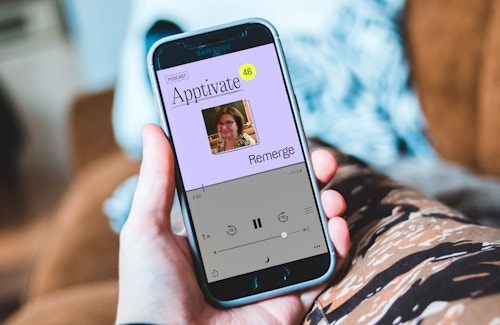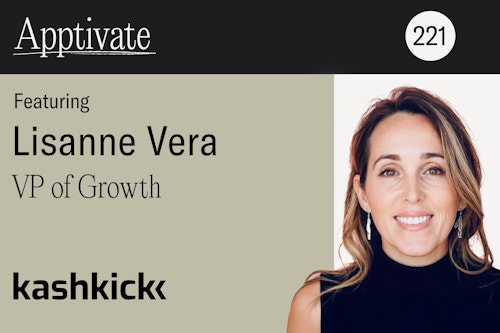#46 The “Engagement Pyramid” that Keeps Customers Coming Back
May 27, 2020

Today’s episode explores the shift happening in mobile marketing through retention. Goodbye to the numbers game of purchase funnels, and hello to engaging customers in their mobile app journeys. Today’s guest is a mobile marketing journalist and analyst who breaks down what she calls the “engagement pyramid.”
Peggy Anne Salz is the lead analyst and founder of MobileGroove, a resource for mobile marketing content, analysis, and research. She is also a senior contributor to Forbes Magazine, the chief content officer for the mobile marketing association in Germany, and a co-host of the Mobile Presence Podcast.
Listen and Subscribe
Listen on Apple Podcast
Listen on Spotify
Questions Peggy Anne Salz Answered in this Episode
- How does a brand show that it cares today?
- How has retention changed over the years?
- Can you talk about the engagement pyramid framework and how marketers actualize it to improve retention?
- Where can people learn more about engagement marketing and retention?
Timestamp
- 7:51 How brands can show that they care in these times
- 9:53 How retention has changed in the mobile industry
- 13:46 The “engagement pyramid” framework in mobile marketing
- 17:34 Picking up the signals to actualize the framework
- 21:43 Evolving with our audiences today
- 23:54 Knowing when to let go
- 28:20 Where to learn more about retention and engagement marketing
Quotes
(7:27-7:43) “Now we talk about brand love. We talk openly about these concepts. You have to show you care, particularly in these times. A brand that doesn’t show it cares right now is not going to be relevant when this all passes. People will remember who cared, who showed it, and how much.”
(12:49-13:16) “We’ve evolved in marketing. And the next step, I think, is to master the mid-funnel and the deep-funnel. We’ve nailed top-of-funnel. That’s not a problem. That’s why marketers are amazingly data-driven and accomplished. But the next step will be figuring out that journey and, above all, making it specific to individuals–or individualization, not even personalization, but really getting deep into the metrics and really getting deep into the segmentation.”





